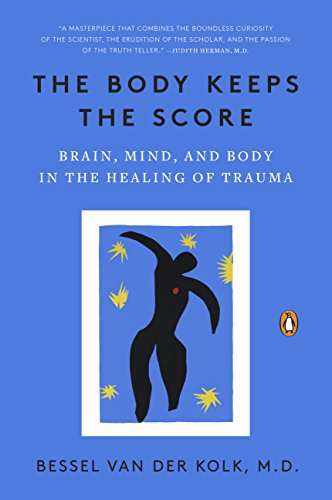 Trauma is the root cause of crime, poverty, mental health problems, drug abuse, and more. It is arguably the biggest single cause of grief in our society.
Trauma is the root cause of crime, poverty, mental health problems, drug abuse, and more. It is arguably the biggest single cause of grief in our society.
Trauma is also extremely common, and can start a vicious cycle of abuse. Intergenerational trauma is an especially important subject in Nunavut and other native American societies today.
Trauma is not experienced in the part of the brain where words are created; the experiences are stored in the body, as images, feelings, emotions. It often comes back in flashbacks, physical ailment, or any number of devious ways.
The best way to tackle trauma is to get the survivor to viscerally experience and know that that was then, and this is now; they are safe. To do this, the survivor needs to be able to deal with their trauma in a way that doesn’t overwhelm them.
The author describes the process of trauma in great detail, and suggest severalcutting edge therapies that may help.
These therapies include:
- eye movement desensitization and reprocessing (EMDR)a
- neurofeedback (Alpha-Theda) training
- lymbic system therapy
- psychomotor therapy
- music and dance
- various forms of art
- tai chi, chi guns, and yoga
- body touch / massage therapy
- acting, improv and theatre
The author explains in great detail how and why these methods work. I highly recommend this book for anyone interested in feeling better in their bodies.
After reading it, I’ve begun doing much more yoga, and am becoming aware that I have great stores of sadness trapped in my tissues.